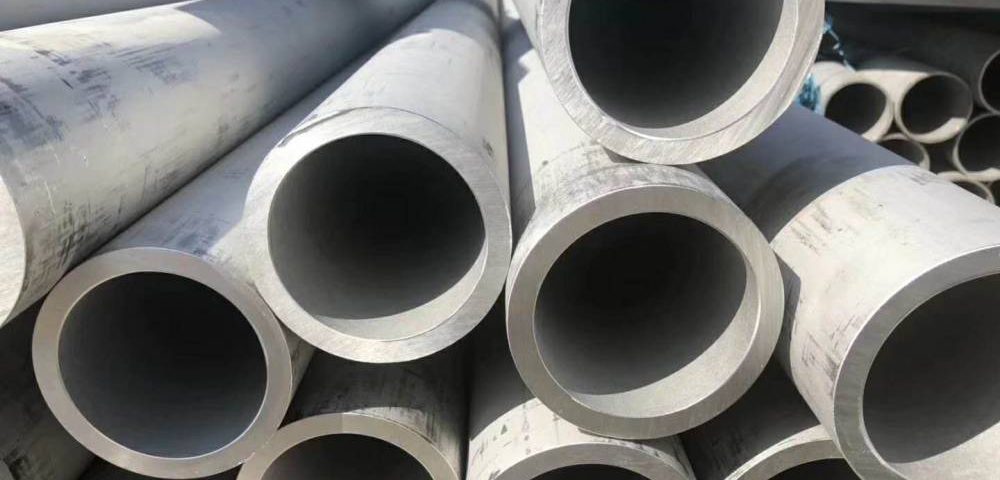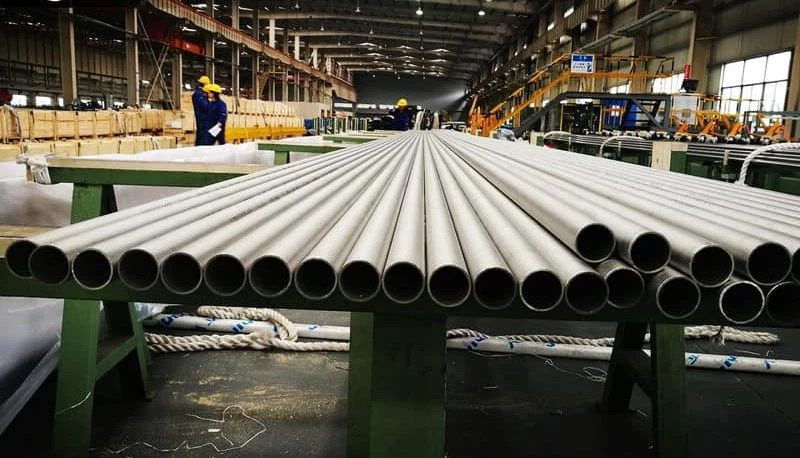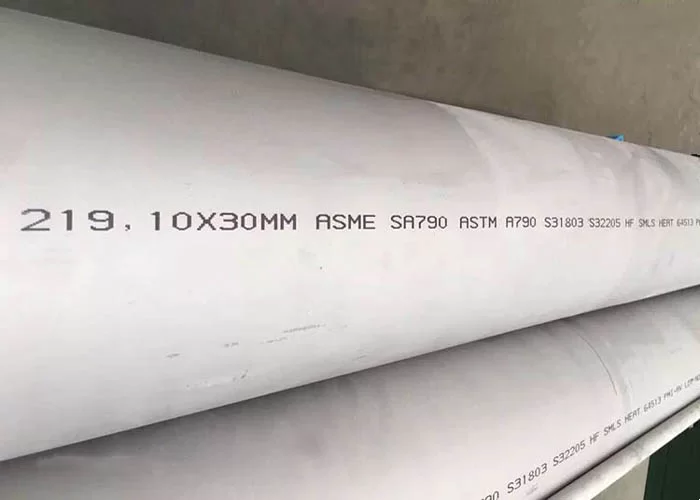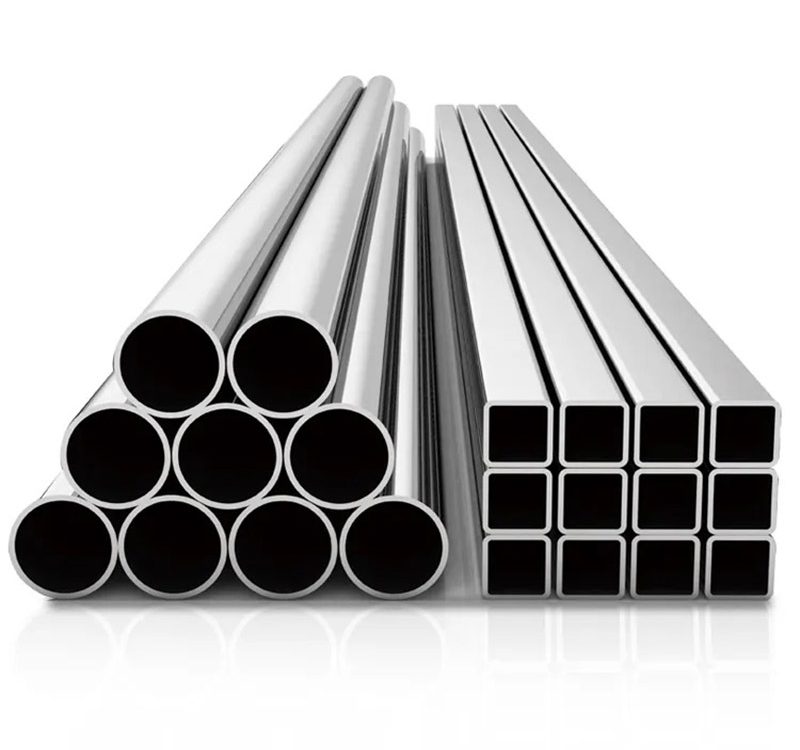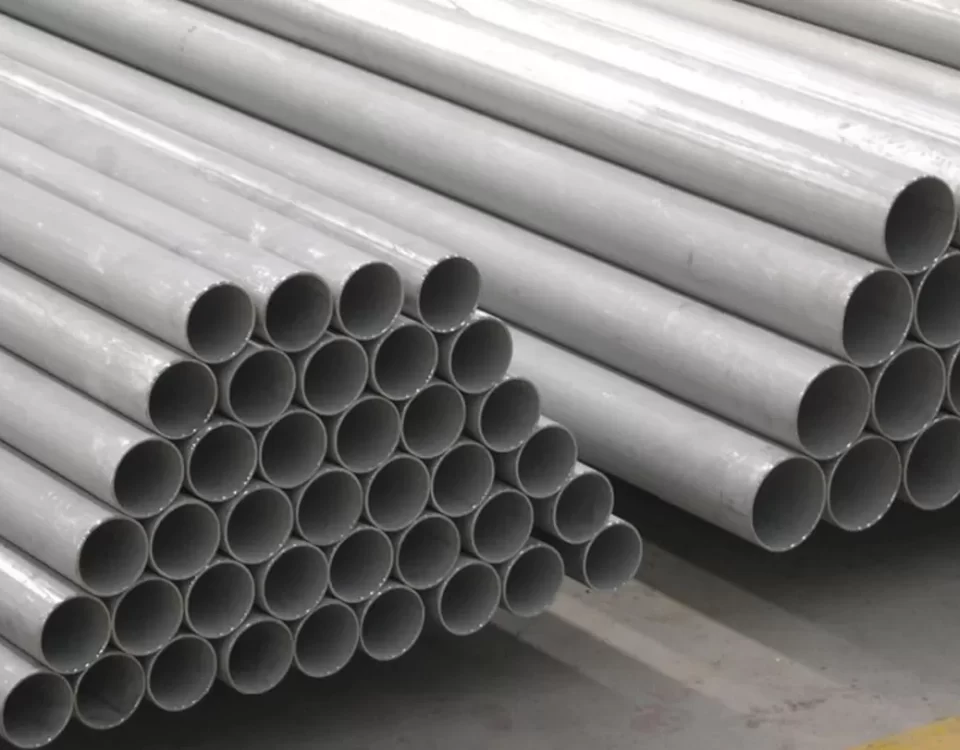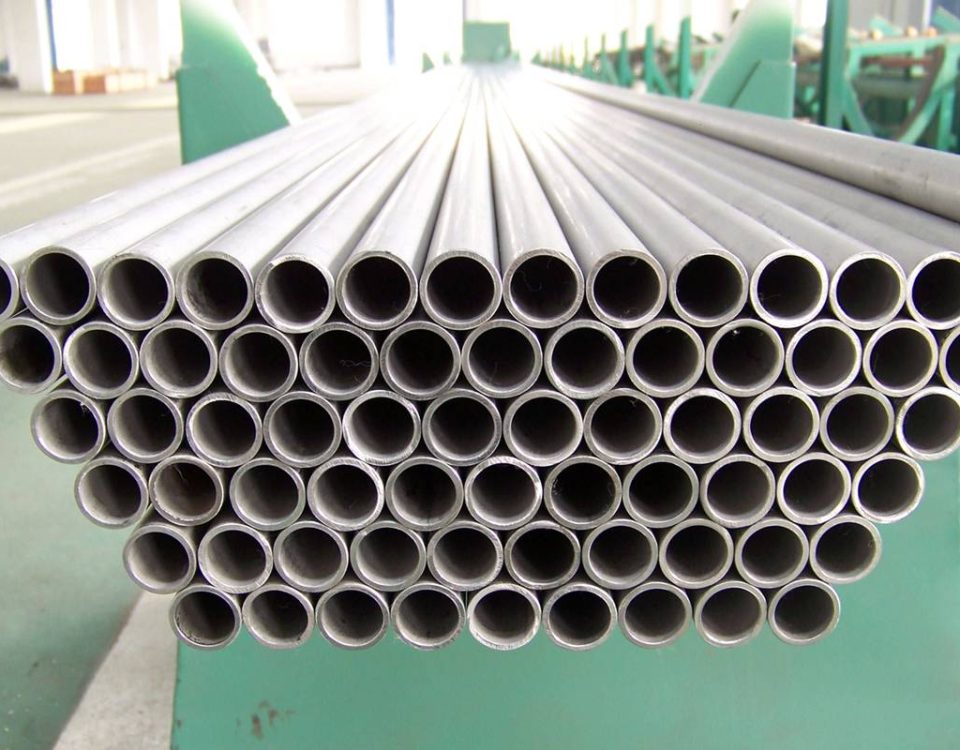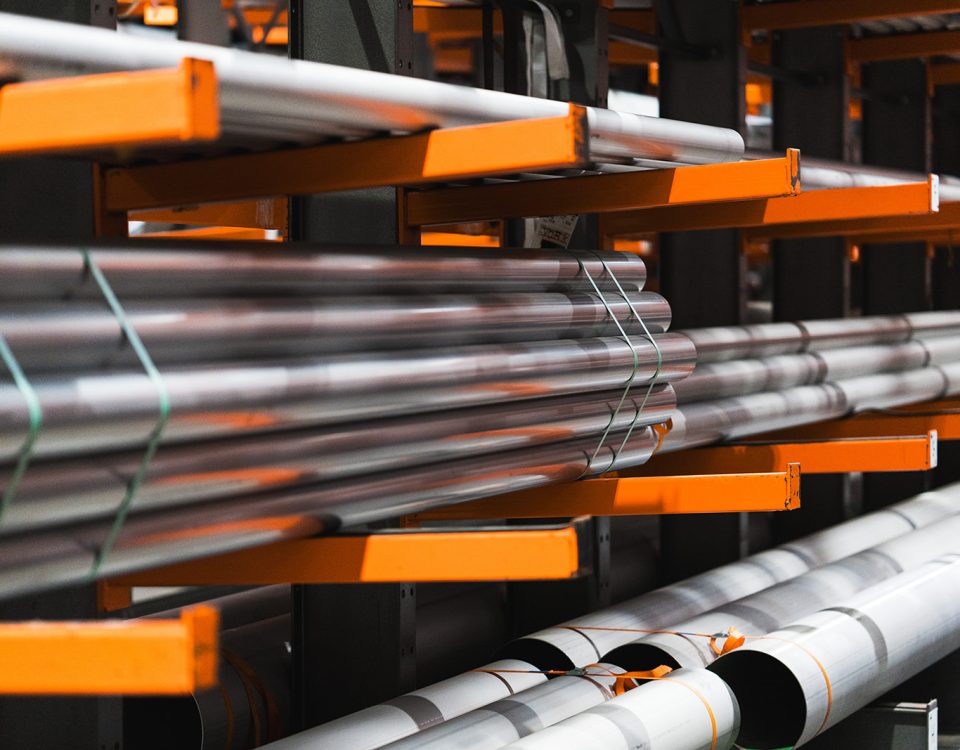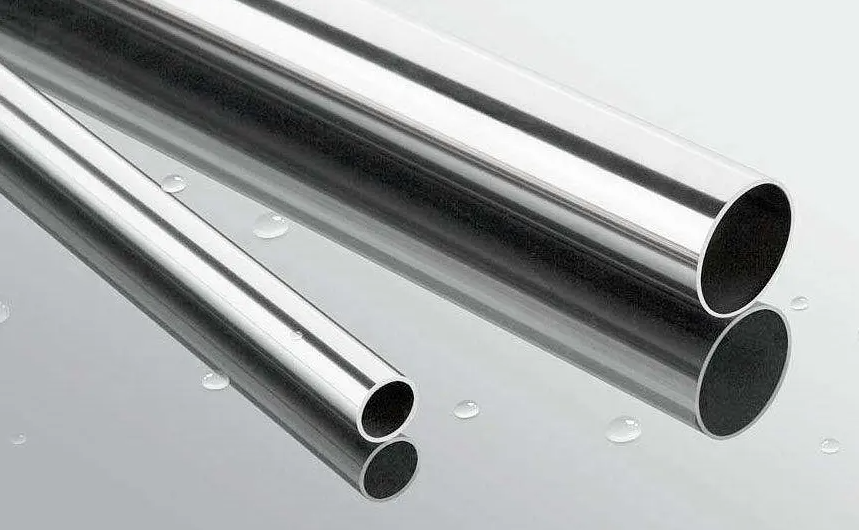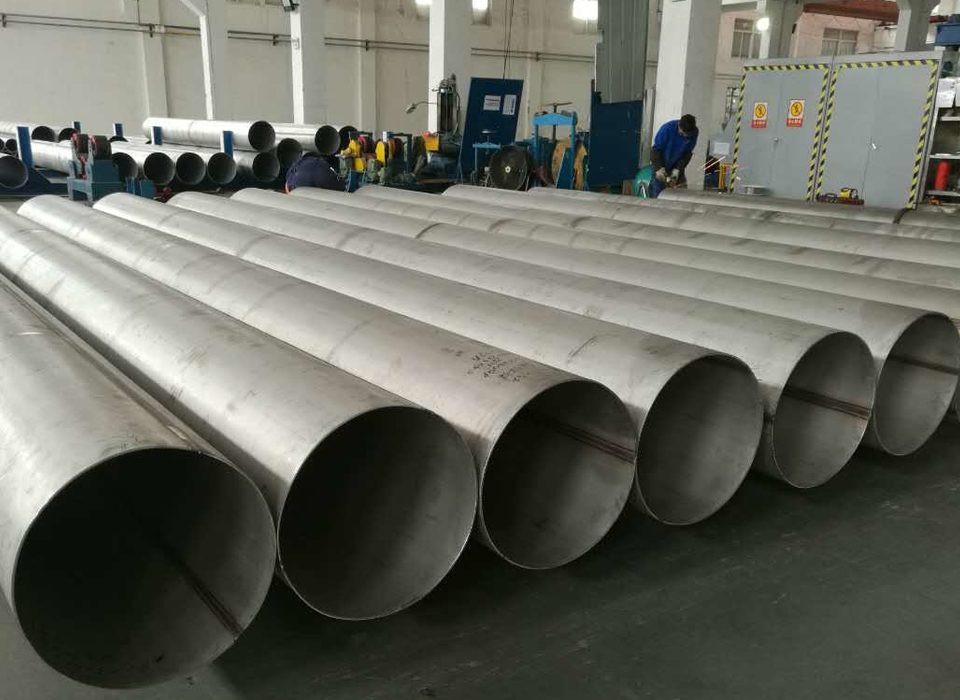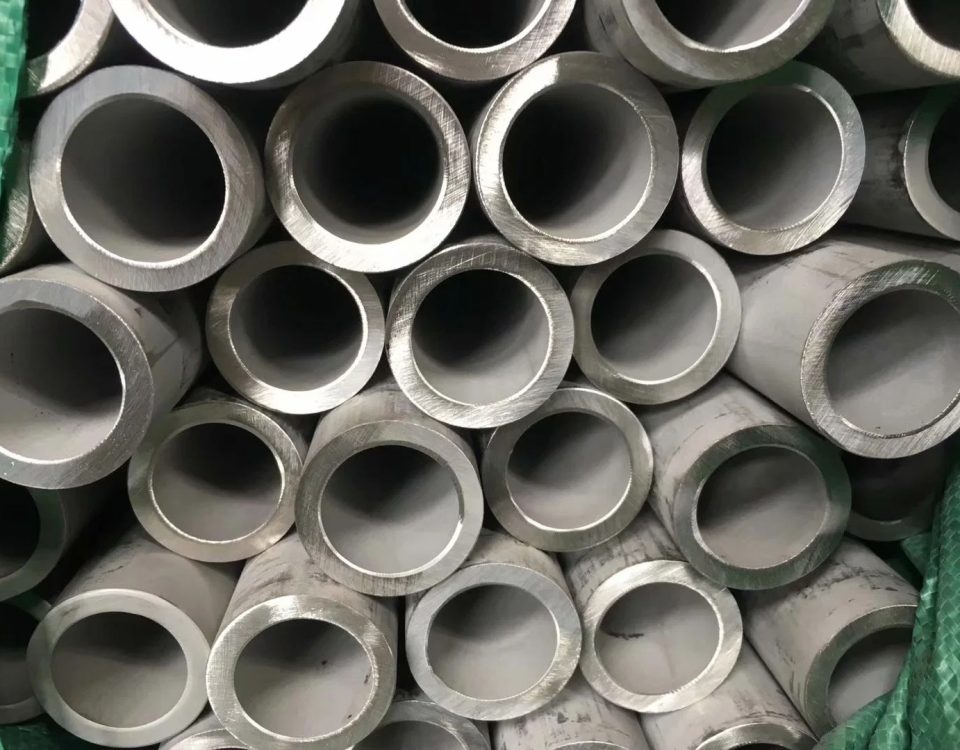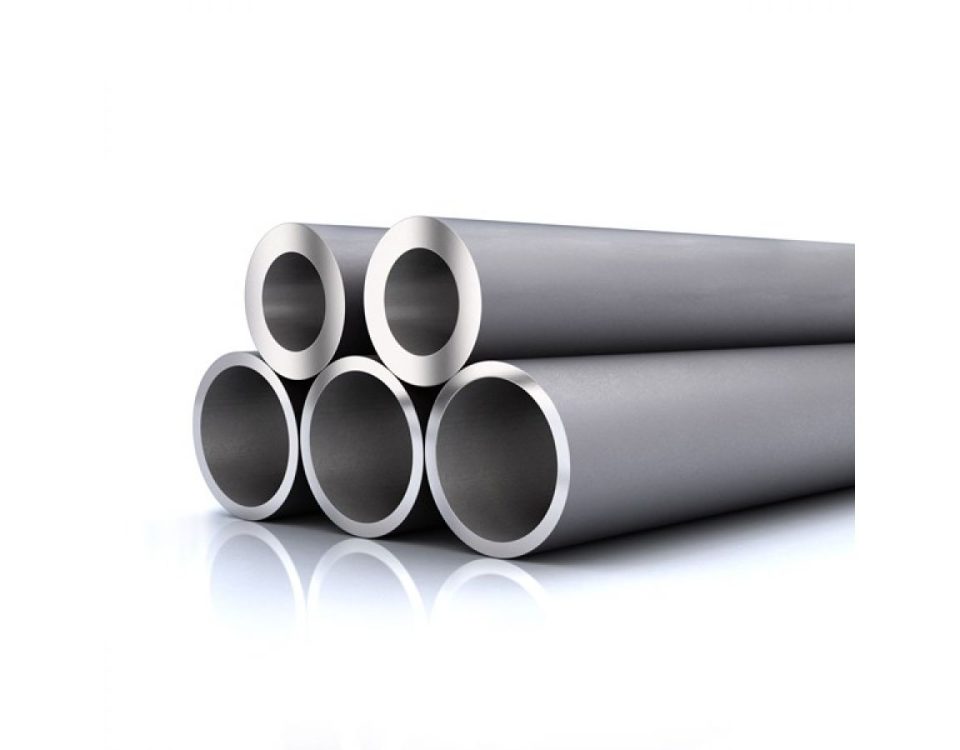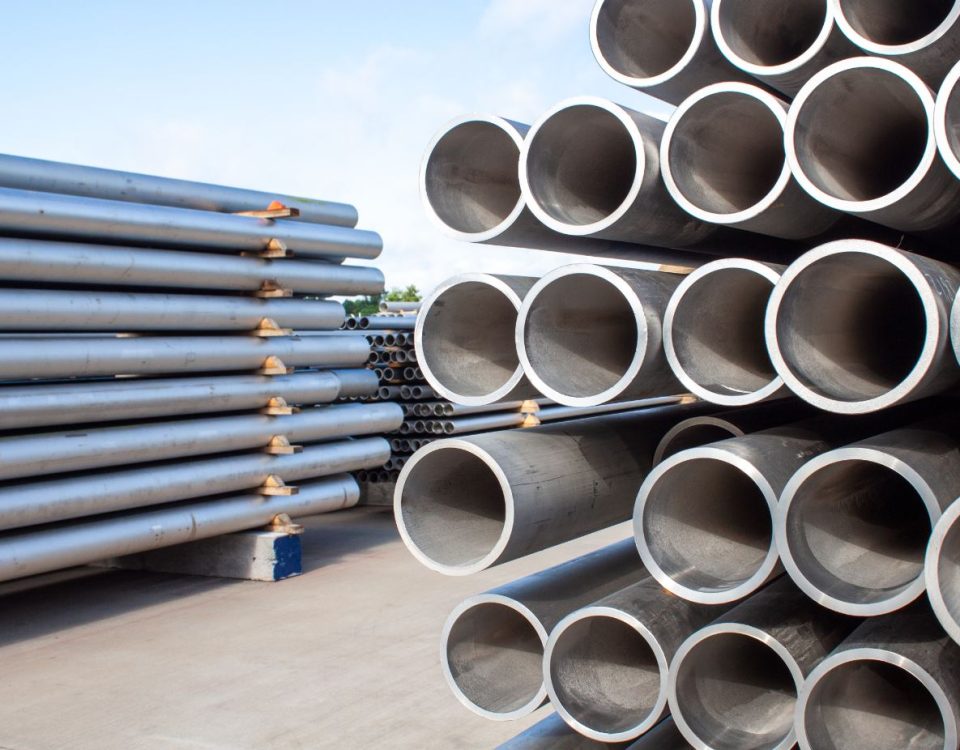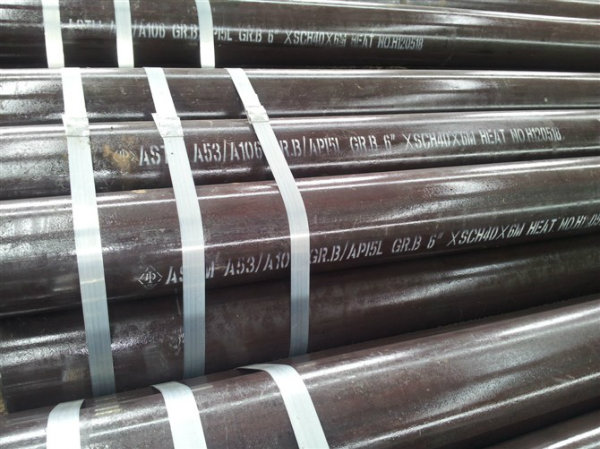
API ل 5 / ASTM A106 / A53 غرام. أنبوب B سلس الصلب الكربوني / يضخ
يوليو 28, 2018تواجه تجارة الصلب في آسيا تحديات متعددة
ديسمبر 5, 2018الفولاذ المقاوم للصدأ 446 is a high chromium ferritic stainless steel commonly used for high-temperature applications where excellent resistance to the effect of scaling and تآكل is needed. فيما يلي بعض الميزات المحددة لـ 446 أنابيب الفولاذ المقاوم للصدأ:
Properties and Characteristics
- درجة حرارة عالية مقاومة: 446 stainless steel has excellent resistance to scaling and oxidation up to 2000°F (1093° C). This makes it ideal for applications in furnaces, kilns, annealing and hardening boxes, and thermal cycling processes.
- المقاومة للتآكل: This type of stainless steel has a high chromium content, providing strong resistance to various forms of corrosion including sulfidation and other hot corrosive gases.
- قوة: 446 stainless steel maintains good strength and creep resistance at high temperatures, making it suitable for structural and pressure-containing applications at elevated temperatures.
تطبيقات
Due to its unique properties, 446 يتم استخدام أنابيب الفولاذ المقاوم للصدأ في مجموعة متنوعة من التطبيقات الصناعية, بما في ذلك:
- أجزاء الفرن
- دروع الموقد
- فوضى
- صناديق الصلب
- أنابيب التدفئة الصناعية
- عناصر التدفئة الكهربائية
- المعالجة الحرارية
- معدات معالجة الأغذية
تصنيع
446 يمكن إنتاج أنابيب الفولاذ المقاوم للصدأ باستخدام طرق مختلفة, بما في ذلك سلس, مقاومة كهربائية ملحومة (المتفجرات من مخلفات الحرب), الانصهار الكهربائي الملحومة (افو), ولحام. يعتمد اختيار عملية التصنيع على التطبيق المقصود, الحجم المطلوب, وتصنيفات الضغط.
احتياطات
بينما 446 الفولاذ المقاوم للصدأ يوفر مقاومة درجات الحرارة العالية, لا ينصح بالتطبيقات التي تتطلب التعرض لدرجات حرارة تتجاوز 2000 درجة فهرنهايت (1093° C) بسبب نمو الحبوب السريع الذي يمكن أن يؤدي إلى انخفاض ليونة. كما أنه لا ينصح بالاستخدام في أجواء المكربن عالية.
الفولاذ المقاوم للصدأ 446 هو الفولاذ المقاوم للصدأ الكروم العالي, استخدام شائع في التطبيقات عالية الحرارة حيث تكون المقاومة لتأثير التحجيم والتآكل ضرورية. كما أن لديها مقاومة جيدة للأكسدة في بيئات مختلفة حتى 1095 درجة مئوية.
| أبعاد | : | أزمة, ASME, وواجهة برمجة التطبيقات |
| المعايير | : | GB/T 14975-2002, GB/T 14976-2002, غيغا بايت 13296-91, API, ASTM A213, ASTM A312, ASTM A269, JIS G3459, JIS G3463, انه G3448, DIN17458 |
| 446 أنابيب & أنابيب | : | 1/2″ NB - 24 ″ NB |
| المتفجرات من مخلفات الحرب 446 أنابيب & أنابيب | : | 1/2″ NB - 24 ″ NB |
| افو 446 أنابيب & أنابيب | : | 6″ NB - 100 ″ NB |
| أنابيب الحجم | : | 1/8"ملحوظة إلى 30" NB IN |
| متخصصة في | : | حجم كبيرة قطرها |
| الجدول الزمني | : | SCH20, SCH30, SCH40, الأمراض المنقولة جنسياً, SCH80, XS, SCH60, SCH80, SCH120, SCH140, SCH160, XXS |
الدرجات المكافئة
الفولاذ المقاوم للصدأ 446 يُعرف بأسماء أو معادلات مختلفة اعتمادًا على المعيار:
- الولايات المتحدة: S44600
- مثل: 446
- واحد/لك: 1.4762 / x10cral24
- AFNOR: Z10CAS24
التركيبة الكيميائية
التركيب الكيميائي النموذجي للفولاذ المقاوم للصدأ 446 على النحو التالي:
- T11 (ج): 0.20% ماكس
- المنغنيز (يغطي الأسود الملحوم وغير الملحوم والساخن): 1.50% ماكس
- السيليكون (الاشتراكية الدولية): 1.00% ماكس
- الفوسفور (ص): 0.040% ماكس
- الكبريت (S): 0.030% ماكس
- الكروم (الجمهورية التشيكية): 23.0-27.0%
- حديد (Fe): توازن
هذا محتوى الكروم العالي يعطي الفولاذ المقاوم للصدأ 446 مقاومتها الممتازة للأكسدة والتآكل.
الخصائص الميكانيكية
الخصائص الميكانيكية للفولاذ المقاوم للصدأ 446 يمكن أن تختلف أيضًا إلى حد ما اعتمادًا على المواصفات الدقيقة والمعالجة الحرارية. ومع ذلك, ستكون الخصائص النموذجية:
- مقاومة الشد: 485 الآلام والكروب الذهنية دقيقة
- مقاومة الخضوع (0.2% الأوفست): 275 الآلام والكروب الذهنية دقيقة
- استطالة في 2″: 20% أنا
- صلابة (برينل): 217 BHN ماكس
أنواع مختلفة من الفولاذ المقاوم للصدأ 446 الأنابيب لها تطبيقات وخصائص مختلفة:
- الفولاذ المقاوم للصدأ 446 سلس أنابيب: يتم تصنيع الأنابيب غير الملحومة من قاطرة فولاذية مستديرة صلبة يتم تسخينها ودفعها على شكل حتى يتم تشكيل الفولاذ في أنبوب مجوف. Seamless pipes are known for their increased ability to withstand pressure. They’re often used in high-pressure applications, such as oil and gas exploration.
- الفولاذ المقاوم للصدأ 446 المتفجرات من مخلفات الحرب (مقاومة كهربائية ملحومة) أنابيب: ERW pipes are made by rolling a plate and welding the seam, resulting in a pipe with a longitudinal seam. تُستخدم أنابيب المتفجرات من مخلفات الحرب عادةً في تطبيقات الضغط المنخفض إلى المتوسط.
- الفولاذ المقاوم للصدأ 446 افو (الانصهار الكهربائي الملحومة) أنابيب: EFW pipes are similar to ERW pipes, but the welding process involves an electric arc between the consumable electrode and the pipe material. The heat generated from the arc forms a molten metal that cools and solidifies to form the joint. EFW pipes are often used in larger diameter applications where high-quality welds are required.
- الفولاذ المقاوم للصدأ 446 الأنابيب الملحومة: Welded pipes are made by forming a flat piece of steel into a cylindrical shape and then welding the edges together. Welded pipes are typically cheaper than seamless pipes and are used in structural applications and in larger diameter pipe for transportation of water, الغاز, والنفط.
- الفولاذ المقاوم للصدأ 446 أنابيب مستطيلة: These pipes have a rectangular cross-section and are used in structural applications, or applications where a round pipe wouldn’t be as efficient. Rectangular pipes can also be used for aesthetic purposes in architectural designs.
بصورة شاملة, the choice of pipe type depends on the specific requirements of the project, including the pressure the pipe needs to withstand, the environment in which it will be used, and the budget available.

